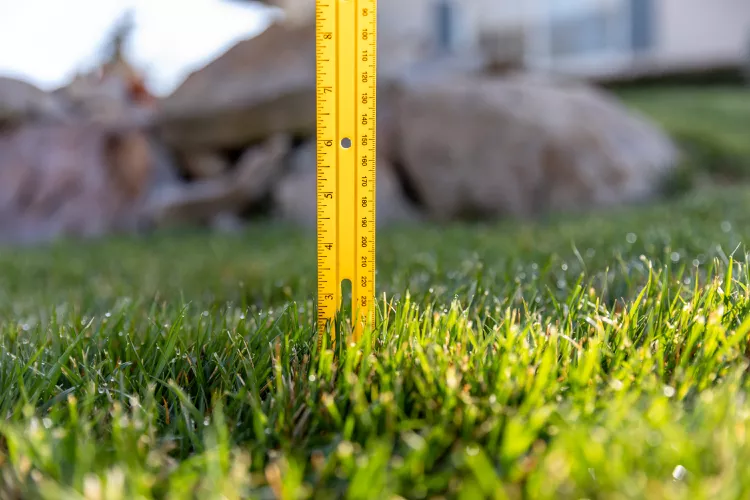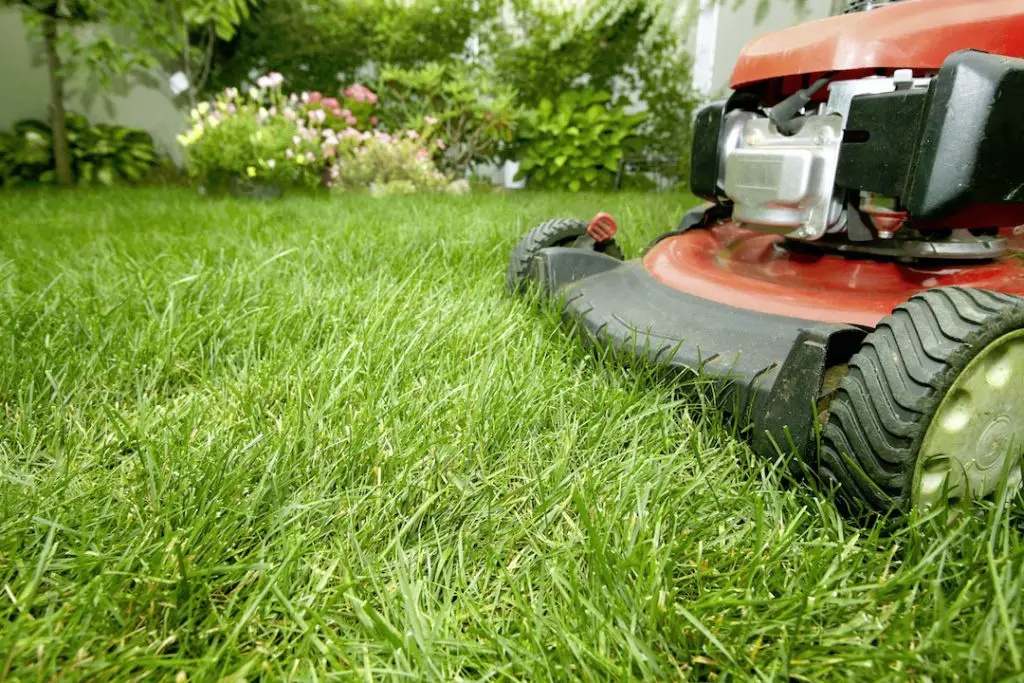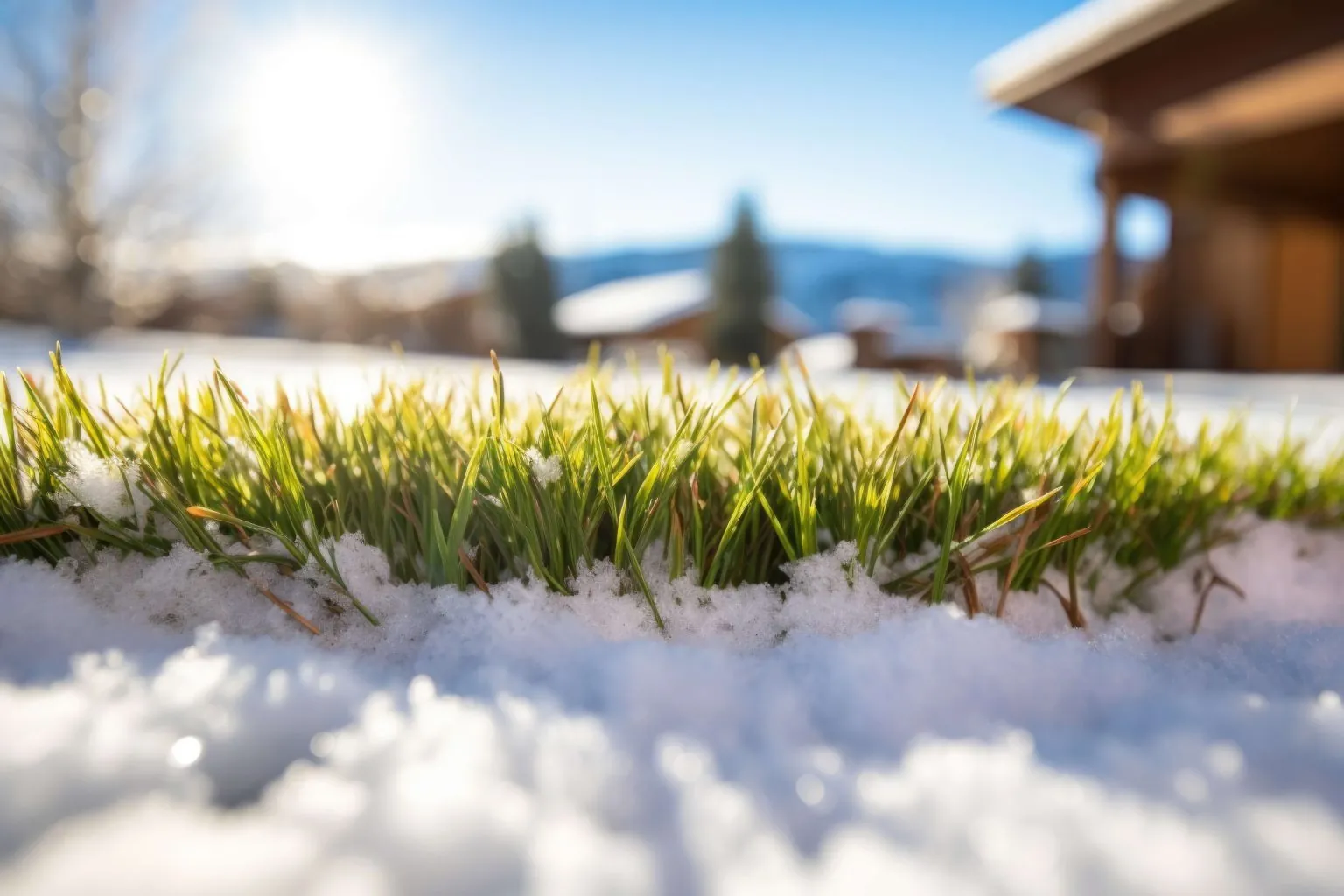Should I Leave My Grass Long or Short for Winter?
Last Updated on October 22, 2025 by Duncan
During the spring and summer, you may need to cut your grass regularly; however, what should you do in the winter? During the winter, your grass has a variety of needs; not only is it battling frigid weather, but it is also attempting to make the most of the few hours of sunlight.
As a result, you can’t trust that your summer lawn care routine will work in winter. So, if you’re asking, should I leave my grass long or short for winter? You’ve come to the perfect place.
During the winter, you should mow your grass on a high cut setting to remove the minimal amount of grass present. It is critical to do this because your grass relies on its leaves to absorb sunlight and produce food.
If you cut the grass too short, it will have a difficult time photosynthesizing food during the dark winter months. Which increases its chances of dying, and you don’t want this, do you?
Your lawn may not have the perfect beauty that you appreciate in the summer, but allowing it to grow a little longer throughout the winter months will pay off in the spring.
The longer your grass remains in winter, the higher its chances of surviving the harsh conditions.
When should you stop cutting your grass for winter?
The subject of when you should stop mowing your lawn for the winter will be determined by your local weather conditions.
If you reside in a warmer climate with more daylight, you can trim your lawn later than if winter arrives early, with short, dark days and lower temperatures.
The limited amount of sunshine throughout fall and winter limits grass growth, so your lawn will eventually become dormant and stop growing, or its growth rate will reduce significantly.
Only stop cutting your lawn for the winter if you discover it isn’t growing or if frost or snow has fallen on it. If the winter is especially mild and the grass continues to grow, keep mowing.
You shouldn’t mow your lawn once a week in the winter, but once a month should keep it from becoming wild and unmanageable. Remember, never cut your lawn when it’s damp; doing so can cause your lawnmower to spit out grass clippings everywhere, making your work harder.
Choose a cold, dry day, and avoid cutting the grass first thing in the morning. With the chilly temperatures overnight, your grass is likely to be covered in frost. Giving it a few hours to dry in the sun will result in a far more successful trim.
Be careful not to cut your lawn too frequently. Remember that your grass is in its slow-growing season in the summer, so it will require more cuts to restore it to health.
The best approach is to keep an eye on the grass and the weather. When the conditions are ideal and the grass seems like it needs a trim, go for it.
How to prepare to cut your grass for winter?
Spend some time on maintenance before you trim the grass for the winter. For cold-season grasses, which continue to grow as the temperature drops, early fall is the perfect time to dethatch your lawn.
Learn how to dethatch your grass to keep it in top condition during the harsh winter weather. This is also the time to aerate your lawn to prevent waterlogging during the rainy and snowy season.
Before extreme weather strikes, spray a dose of seaweed to help with stress tolerance, while you use a cold-season fertilizer from December to February.
Once the cold weather approaches, continue your lawn care regimen to preserve lush green grass when spring arrives.
Factors that might affect the timing of the final mow
Is your grass still growing even in sub-50-degree temperatures? Aside from grass type and temperature, other factors such as soil nutrients and sunlight exposure may be influencing its growth. As a result, the final mowing of the season may take longer than anticipated.
Some of these factors include:
Lawn health and fertility: If you’ve made a concerted effort to keep your lawn healthy throughout the year by regular fertilizing, watering, and pest control techniques, it may stay green and grow longer.
Recent rainfall: Heavy rainfall can boost growth in cooler conditions. So, if there is a lot of rain during the autumn months, grass may need to be mowed even if temperatures fall below 50 degrees Fahrenheit.
Microclimate: The individual climate conditions in your yard’s turf regions may extend or decrease your lawn’s growing season. Sun exposure duration, shade levels from structures or trees, wind protection, and soil depth can all affect how long you need to mow.
Other things to do to prepare your lawn for winter
Your grass needs a little more than the last mow before it can settle in for the winter. Here are some more actions you can take to help your grass survive the cold months and bloom wonderfully when spring arrives:
Remove leaves and debris to allow sunshine to reach the grass, avoid illness, and keep your lawn healthy during the winter.
Aerate cool-season turf to reduce soil compaction before it freezes. (See our article on how to aerate a lawn.)
Fill up bare or thin turf areas with cool-season grass. (For help with this, see our guide How to Overseed a Lawn)
Spot-treat perennial weeds that are still growing. (Our article, A Guide to Weed Control in Your Yard, can help you get rid of these intruders.)
Pro Tip: Before you put your mower away for the season, give it a good cleaning. Apply a thin coat of oil to any existing rust areas and sharpen the blades to ensure a clean cut when spring returns.
When can you start mowing your lawn again?
Unless you live in an extremely cold area or the weather is extreme and unpredictable, the best time to start mowing your lawn again is between mid-February and March.
In the early days of spring, the soil temperature should have risen, and you should be able to mow your grass on a frost-free, dry day.


